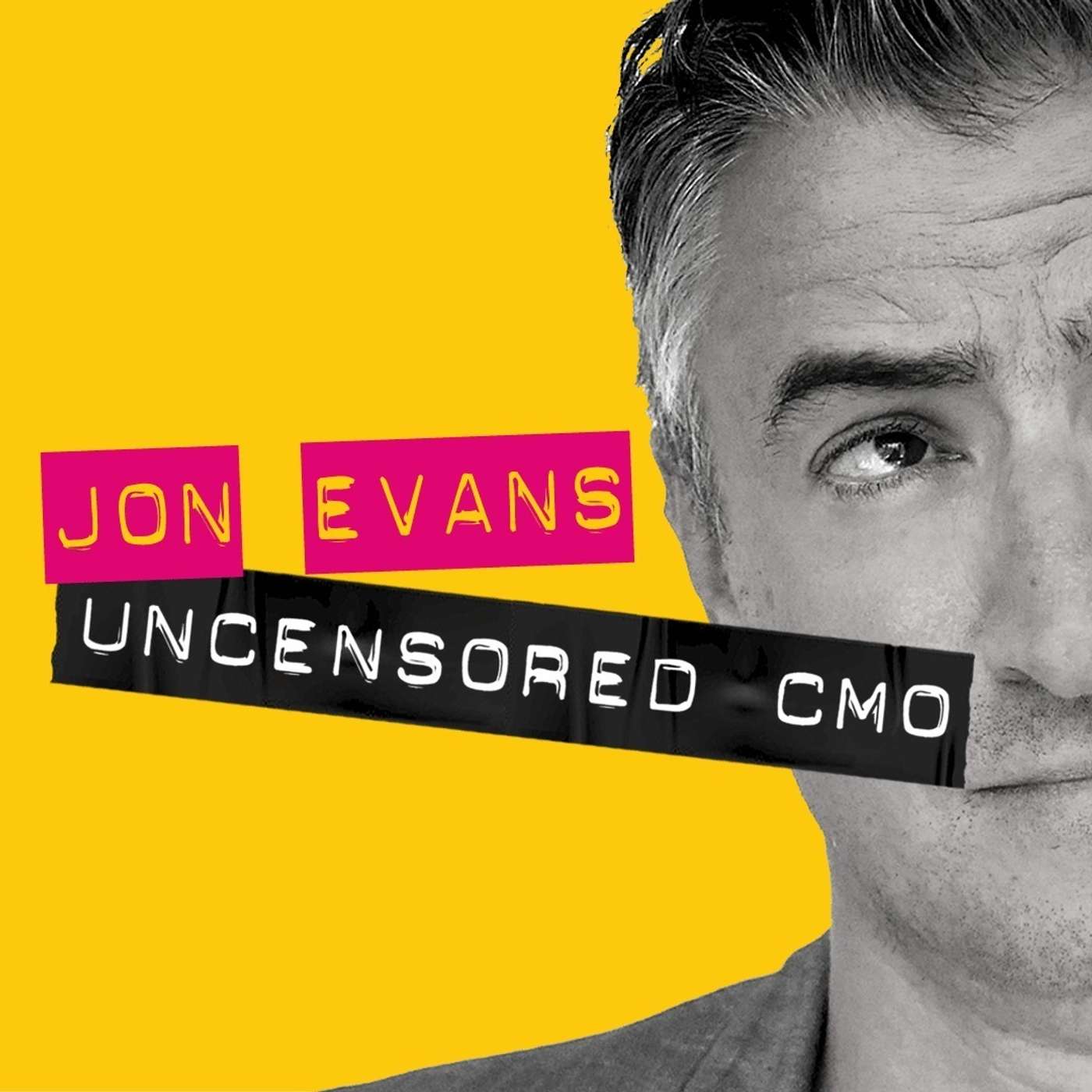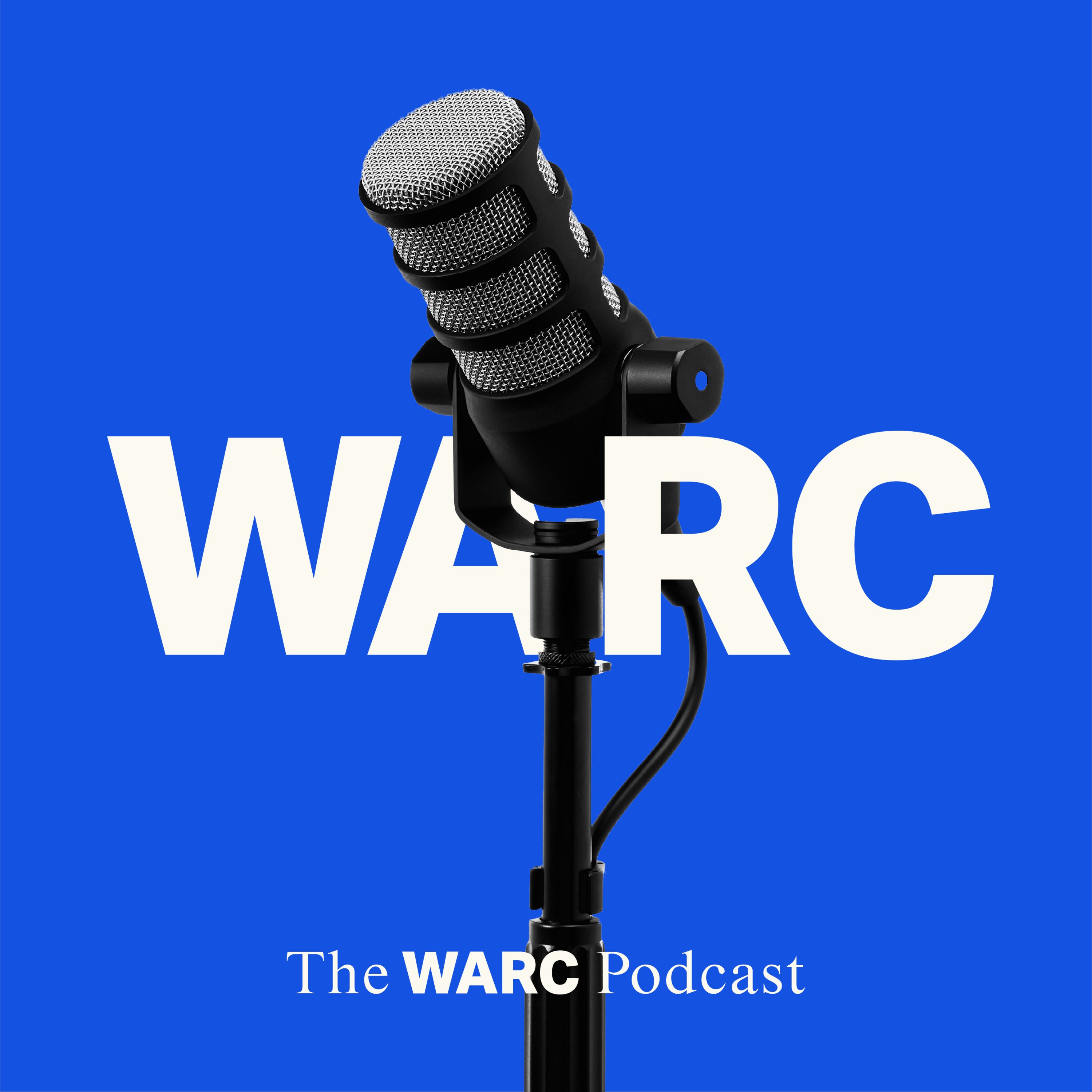
The Looking Glass
“The truth stands in the looking glass, waiting for those brave enough to look it in the eye.”
The Looking Glass
The Process Of Finding, Telling And Managing A Brand’s True Story
This episode explains that brand storytelling is a crucial strategy for market differentiation and connection. It outlines a three-part process, beginning with finding a brand's authentic truth by understanding its origins, mission, and values, often by exploring the founder's motivations. Next, it emphasizes telling this story effectively and consistently across all platforms, using appropriate visuals, tone, and language to resonate with the target audience. Finally, it highlights the importance of managing the brand's story through ongoing vigilance and adaptability, which includes ensuring internal alignment among employees, engaging with consumers to incorporate their feedback, and evolving the narrative while staying true to core values. This continuous process of finding, telling, and managing a brand's true story is essential for building loyalty and achieving success.
You know, you encounter so many brands every single day.
SPEAKER_01:And
SPEAKER_00:you ever wonder why some just kind of stick with you? Like old friends. Almost.
SPEAKER_01:Yeah. They feel instantly recognizable. Maybe even like they get you somehow.
SPEAKER_00:Exactly. While others are just names. You see them, you scroll past and poof, they're gone. Right. What is it that makes certain companies really connect, really stay in our minds?
SPEAKER_01:Well, that's what we're digging into today, isn't it? How brands build those connections that actually last.
SPEAKER_00:Yeah. It's rarely just about the product itself. It feels like it's more the narrative, the story around it.
SPEAKER_01:Precisely. We're taking a deep dive into branding. And it's so much more than just some marketing buzzword people throw around. It's about a really deep, authentic process. That's what builds real connection, especially now when the market is just so incredibly crowded.
SPEAKER_00:Absolutely. And for this deep dive, we're actually pulling our insights from excerpts of a book called The Enduring Art of Brand Storytelling. So our mission today is really to unpack how the successful brands, the ones that stick, how they genuinely find craft, and importantly, how they keep their stories alive and relevant.
SPEAKER_01:Think of it as giving you a new lens, maybe. A way to see the brands you interact with every day a bit differently.
SPEAKER_00:Okay, so let's jump into the first big idea. The source material really pushes back against this notion that brand storytelling is just, you know, inventing some clever narrative out of thin air.
SPEAKER_01:Right. It's not fiction writing.
SPEAKER_00:No. It argues it's about uncovering the truth at the core of the brand. So What does that deep introspection actually look like? How does a brand find its true story?
SPEAKER_01:Well, it's foundational, really. Finding that true story, it means you have to thoroughly understand the brand's origins, its mission, its core values.
SPEAKER_00:Digging into the past.
SPEAKER_01:Often, yes. Digging deep into the company's history, looking at, say, the founder's motivations. Why did they really start this? What specific problems were they trying to solve? And what impact did they genuinely hope to have? It's often about finding those human elements people can connect with.
SPEAKER_00:Like what kind of element?
SPEAKER_01:Well, it could be anything, really. A founder's personal struggle, maybe a unique insight that sparked the whole thing, or even just the brand's consistent commitment to certain values or community over years and years. What's fascinating here is how this deep dive into authenticity forms the bedrock. It's not about polishing a story. It's about finding the honest truth. Sometimes that truth isn't even glamorous. Maybe it involves early failures or a pivot point they didn't expect.
SPEAKER_00:Right. The unvarnished stuff.
SPEAKER_01:Exactly. The unvarnished truth. Think about a brand that wasn't born from some genius marketing plan, but maybe from a founder just getting frustrated trying to find a good, affordable solution to a problem they had. Okay. That struggle, that initial why, that becomes the core. The true story is always rooted in authenticity. It's not fabricated. It's the honest truth defining the brand's essence.
SPEAKER_00:That makes sense. And it really makes you wonder, if a brand skips this step, this deep dive, what happens? What's the cost to their connection with you, the consumer?
SPEAKER_01:It's a huge risk. The foundation is shaky.
SPEAKER_00:Maybe think about your own favorite brands. What authentic story do you feel might be behind them? Is it about innovation? A dedication to quality? or maybe a journey of overcoming obstacles.
SPEAKER_01:It's a good exercise.
SPEAKER_00:Okay. So let's say a brand has done the work. They found this incredible, authentic story at their core. That's one thing.
SPEAKER_01:The discovery part.
SPEAKER_00:Right. But then translating it, communicating it in a way that actually grabs people and resonates. That feels like where the magic trick comes in, doesn't it?
SPEAKER_01:Or maybe the art form. This is where, as the source says, creative expression plays a significant role. The story has to land. It needs to connect with the audience using a tone, a style that truly reflects the brand's personality.
SPEAKER_00:So it's not just what you say, but how you say it.
SPEAKER_01:Absolutely. And a really key takeaway here is the need for consistency across all platforms. platforms. Total consistency. Everywhere. Everywhere. Whether it's the company's website, social media campaigns, TV ads, even the physical packaging. Every single touch point where you encounter the brand is a chance to reinforce that narrative. And the visuals, the tone of voice they use, the specific language choices, the medium itself, they all play critical roles in how effectively that story gets told.
SPEAKER_00:Can you give an example? Sure.
SPEAKER_01:Like a luxury brand. Right. They might use really elegant imagery to sophisticated language to tell a story of exclusivity, maybe heritage. Whereas a brand built around sustainability, they might focus more on transparency, maybe community-based storytelling, showing their commitment to environmental or social causes. Very different approaches, but both tied to their core truth.
SPEAKER_00:And this raises an important question for me. How do brands tailor that message for different platforms or audiences without losing that core essence? is there a risk of diluting it if they try to be too many things?
SPEAKER_01:That's the balancing act. Staying true while adapting the delivery, it requires real discipline.
SPEAKER_00:It's definitely worth noticing as you go through your day how different brands use specific language and visuals across all these different places to tell their story directly to you. It's often super subtle, but really powerful when you start looking for it.
SPEAKER_01:Pay attention next time you're scrolling or even just picking up a product.
SPEAKER_00:Okay, so we've found the story. We've talked about telling it creatively and consistently But a brand's story isn't carved in stone, right? It has to live and breathe.
SPEAKER_01:Exactly. Markets change. People's preferences shift. New competitors pop up constantly.
SPEAKER_00:So how do brands keep their narrative fresh and relevant in this constantly changing world? How do they evolve it without losing who they are at the core?
SPEAKER_01:Well, the source emphasizes that managing the story is an ongoing process. It requires constant vigilance and adaptability.
SPEAKER_00:Vigilance, okay, like monitoring things.
SPEAKER_01:Yeah, continuously monitoring how the story is actually being received by the audience, paying close attention to feedback, discussions online, reviews, everything, and then being willing to make adjustments based on that feedback or just changing circumstances.
SPEAKER_00:So it's iterative.
SPEAKER_01:Very much so. It also means actively keeping the story alive and fresh, finding new angles, new ways to tell exploring new platforms, maybe where the audience is spending time. And crucially, as a brand grows, maybe it adds new products or services, the story has to evolve too. But, and this is key, it has to evolve in a way that stays true to the original core values and origins.
SPEAKER_00:How might they do that?
SPEAKER_01:Well, maybe they highlight new achievements or innovations that feel like a natural extension of who they've always been. Or perhaps they revisit and reinforce those foundational story elements during a big anniversary. or just before a major launch. It reminds people of the why.
SPEAKER_00:That makes sense. Grounding it back.
SPEAKER_01:And another vital point here, managing the story isn't just about what you broadcast outwards. It's hugely about internal buy in
SPEAKER_00:inside the company.
SPEAKER_01:Yes. Employees, everyone at every level from customer service reps to the product development teams and beyond. They should deeply understand the brand story, believe in it and be able to express it in their own work. That ensures consistency from the inside out.
SPEAKER_00:That sounds critical for authenticity.
SPEAKER_01:It is. And, you know, what's really shifted things recently is how much power consumers now have. We as consumers have more ability than ever to actually shape a brand story
SPEAKER_00:through social media and reviews and all that. Exactly.
SPEAKER_01:Exactly. We interact. We discuss brands online. We share our experiences, good and bad, with huge networks. Successful brands don't fight this. They embrace it.
SPEAKER_00:How so?
SPEAKER_01:They actively engage. They encourage user-generated content. They talk with their followers. They're responsive to feedback. They see these interactions not as threats, but as opportunities to reinforce their story and their values, essentially making the audience part of the ongoing narrative.
SPEAKER_00:If we connect this to the bigger picture, it seems absolutely critical for brands not just to tell their story, but to adapt it and actively include their audience in it.
SPEAKER_01:That's it. It's becoming much more of a dialogue.
SPEAKER_00:It really makes you think, doesn't it? If consumers are increasingly co-creating the narrative, are brands losing some control? Or is this actually an opportunity for maybe even deeper, more authentic engagement?
SPEAKER_01:A bit of both, perhaps. It requires letting go of some traditional control.
SPEAKER_00:Yeah. As you go about your day, maybe reflect on how your own online comments, your feedback, your shares, how they might actually be contributing in small ways to shaping the stories of the brands you interact with.
SPEAKER_01:That's a powerful thought.
SPEAKER_00:So let's wrap this up a bit. What does this all mean for us? We've journeyed through this journey. pretty intricate process haven't we finding telling and then managing a brand's true story and it's clearly so much more than just slick marketing it's about well deep introspection finding that truth
SPEAKER_01:and creative expression to make it resonate
SPEAKER_00:and then that continuous engagement adapting and listening it seems absolutely essential for standing out and creating real lasting connections in today's world
SPEAKER_01:exactly right to effectively leverage a true story a brand needs that authenticity right at its core it needs thoughtful creative communication that genuinely connects. And it needs that ongoing engagement, both inside the company and with its audience out there.
SPEAKER_00:It's a living thing.
SPEAKER_01:It really is. The source calls it a dynamic and continuous process. It has to adapt to new challenges, new opportunities. As the brand and its market evolve, that's how you build something with lasting success.
SPEAKER_00:That's a really powerful takeaway. Okay, so here's a final thought for you to ponder. Next time you encounter a brand, It could be an ad you see, something on social media, even just looking at its packaging on a shelf. Take a second and ask yourself, what's the true story they're trying to tell here? And maybe how does recognizing that story or trying to see it empower your own choices as a consumer?
Podcasts we love
Check out these other fine podcasts recommended by us, not an algorithm.

Uncensored CMO
Jon Evans
On Strategy Showcase
Fergus O’Carroll
HBR On Strategy
Harvard Business Review
